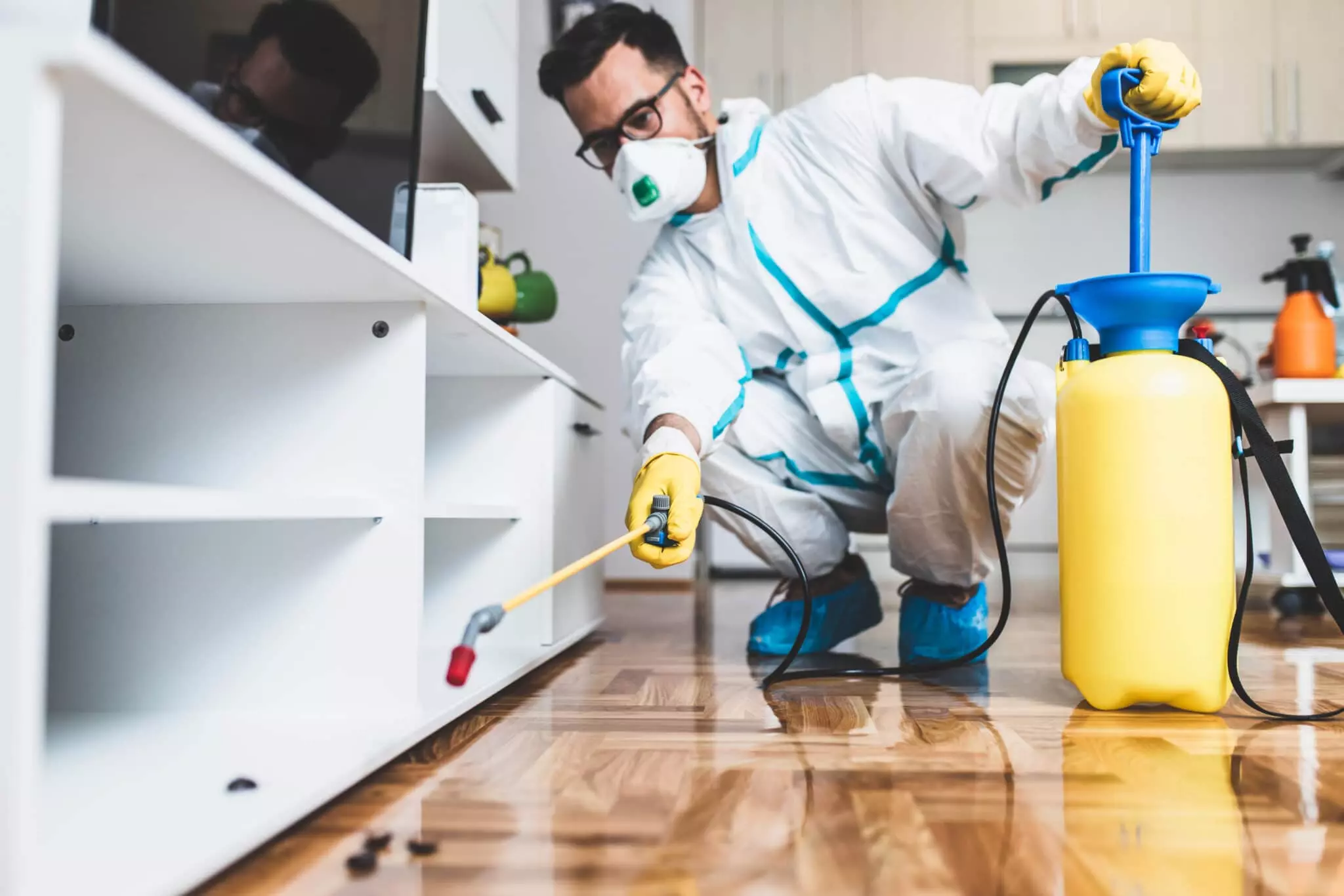Reliable A1 Bed Bug Treatment in Charlotte - Safe and Proven Techniques
Reliable A1 Bed Bug Treatment in Charlotte - Safe and Proven Techniques
Blog Article
Bed Bug Treatment Malfunction: Comparing Chemical Vs. Non-Chemical Solutions
In the realm of insect control, particularly when dealing with the consistent concern of bed pests, the option between chemical and non-chemical therapy remedies can be a pivotal one. Both strategies supply unique advantages and drawbacks, affecting elements such as effectiveness, safety and security considerations, and general price. By examining the nuanced information of each approach, a clearer understanding of which course to go after in dealing with a bed bug infestation can be obtained.
Efficiency of Chemical Treatments
Chemical treatments for bed insect infestations have been extensively recognized for their potent and fast effectiveness in getting rid of these insects. When considering the effectiveness of chemical therapies, it is critical to recognize that they can offer a thorough and quick option to a bed insect trouble.
Moreover, chemical therapies have the benefit of offering recurring effects, indicating that they can proceed to eliminate bed bugs even after the first application. This recurring action is especially valuable in combating any kind of prospective re-infestations. Additionally, the fast action of chemical treatments can bring alleviation to people dealing with extreme bed bug invasions, allowing them to regain control of their home quickly.
Security Concerns With Chemical Solutions
One critical facet that needs careful factor to consider when using chemical options for bed pest therapy is making certain the safety of occupants and the setting. While chemical treatments can be efficient in getting rid of bed pests, they might pose dangers otherwise managed effectively. One of the main safety interest in chemical services is the possible injury they can cause to human health and wellness. Exposure to specific chemicals made use of in bed bug therapies can bring about respiratory system concerns, skin irritability, or various other adverse reactions, particularly in individuals with pre-existing conditions or level of sensitivities. Additionally, inappropriate application or dosage of chemical pesticides can lead to hazardous residues lingering in the cured area, posturing lasting health risks to passengers.
Furthermore, the environmental impact of chemical services is one more considerable consideration. Some pesticides used in bed bug therapies might be harmful to helpful bugs, wild animals, and ecosystems if they leach into the dirt or water systems. It is vital to utilize chemical therapies sensibly, adhering to security standards, and thinking about less toxic choices to mitigate these risks and make sure the reliable and secure administration of bed bug infestations.
Benefits of Non-Chemical Techniques
Thinking about the possible security problems and environmental effect related to chemical solutions for bed insect therapy, checking out non-chemical approaches provides an appealing option with several distinct benefits. Non-chemical approaches provide a much safer option for households, especially those with children, people, or pets sensitive to severe chemicals. These techniques eliminate the threats of exposure to poisonous compounds, minimizing the potential for unfavorable health and wellness impacts. Furthermore, non-chemical treatments are ecologically pleasant, as they do not add to air or water pollution, making them a sustainable choice for bug control.
Additionally, non-chemical options can be reliable in targeting bed insects, including hard-to-reach areas where chemical therapies may not pass through - A1 bed bug exterminator charlotte. Approaches such as heat treatment, vacuuming, heavy steam cleansing, and cushion encasements supply detailed removal without the use of hazardous chemicals.
Limitations of Non-Chemical Treatments

Additionally, non-chemical treatments usually need numerous applications to attain effective removal. This can be time-consuming and might look at here now not constantly assure full removal of all bed bugs and their eggs, especially in concealed or hard-to-reach locations.
Furthermore, the success of non-chemical treatments greatly relies on appropriate application and thoroughness, which can be challenging for individuals without expert expertise. Inadequate application of non-chemical methods might cause insufficient eradication, leading to relentless invasions and the need for added therapies.
Consequently, while non-chemical treatments have their benefits, it is necessary to why not try here recognize these limitations and consider them when establishing the most effective approach for taking care of bed bug invasions.
Cost Contrast: Chemical Vs. Non-Chemical Options
Offered the constraints connected with non-chemical treatments, a vital element to assess in the context of bed bug administration is the price comparison between chemical and non-chemical choices. In comparison, non-chemical therapies like warm treatment or vapor can be a lot more expensive, with costs varying from $1,000 to $6,000 for an entire home. While the initial expense of chemical therapies might appear reduced, multiple treatments might be required to fully get rid of the invasion, potentially enhancing the total cost.
Conclusion

Taking into consideration the possible safety and security concerns and ecological effect connected with chemical services for bed bug therapy, discovering non-chemical techniques provides an encouraging option with numerous unique benefits.Offered the limitations connected with non-chemical therapies, a vital facet to review in the context of bed insect administration is the price contrast between chemical and non-chemical choices. In contrast, non-chemical treatments like warmth therapy or vapor can be extra expensive, with expenses varying from $1,000 to $6,000 for an entire home. While the initial expense of Discover More chemical therapies may seem lower, numerous therapies may be required to completely remove the problem, potentially increasing the overall expense.In verdict, when comparing chemical and non-chemical bed pest therapy options, it is important to consider effectiveness, safety and security, benefits, restrictions, and expense.
Report this page